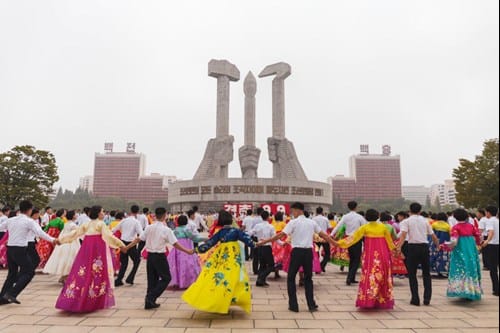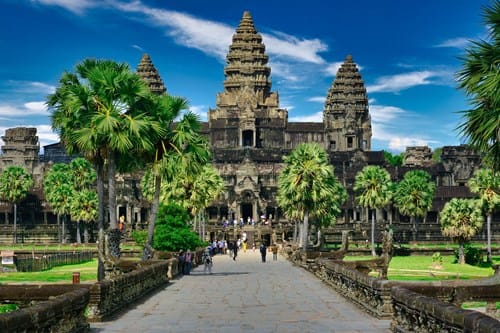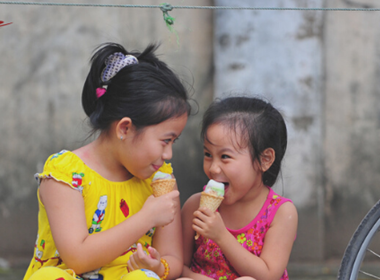From dignified monuments, iconic landmarks to scenic landscapes, a visit to Korea is a cultural experience like no other. In addition to its affluent historical attractions, the country’s vibrant heritage radiates best through its traditional Mass Dance, a dance that plays a pivotal role in strengthening the morale and spirit of its people.
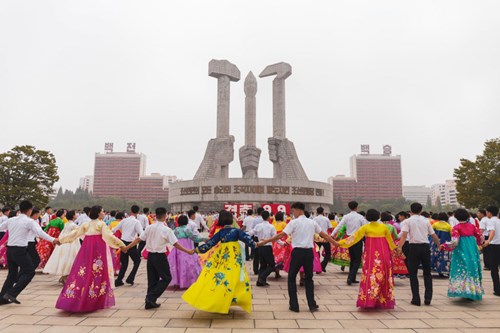
A Mass Dance is a public event held in Korea that marks a celebration for a national holiday or monumental event. The unique nature of the performance comes from the vast number of people dancing in unison.
History of the Mass Dance
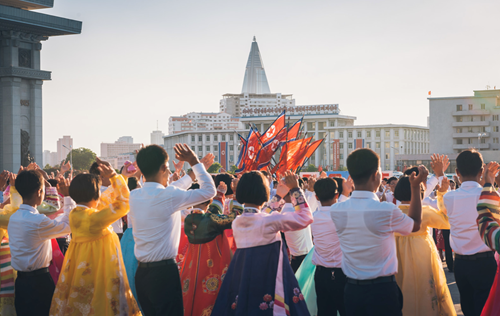
During the early 20th century, the rapid growth of Mass dances and events arose in Korea on a grand scale with thousands of participants, including non-professional performers. These spectacles often re-enacted historical events or celebrated national achievements.
The sole purpose of these mass dances was to unite its citizens, honoring their vigorous spirit and cultural roots. From students to public committees, every city partakes in the dance, especially on monumental occasions like a construction project completion or paying tribute to the leaders’ achievements.
In modern times, the well-preserved dance has continued becoming a functioning emblem of nostalgic tradition and a symbol of solidarity.
Features of the Mass Dance
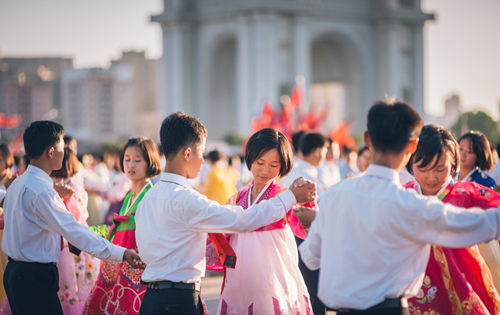
These large choreographed dances, accompanied by revolutionary and folk music, take place at various locations around the city and can include hundreds to more than a thousand participants.
Women dress in vibrant traditional Korean costumes, while men commonly wear suits. Typically, dancers assemble in formation, squatting patiently until the master of ceremonies signals as the performance begins.
Moving smoothly into groups of three circles, they revolve and dance gracefully in unison to the music. Due to the simple choreographies, tourists are encouraged to join as well.
Cultural Significance
Most Mass Dances are popular in Pyongyang, the country’s capital. During national holidays, people perform at various sites across the country, including the Workers’ Party of Korea Foundation Monument, Arch of Triumph, Indoor Stadium, and Kim Il Sung Square.
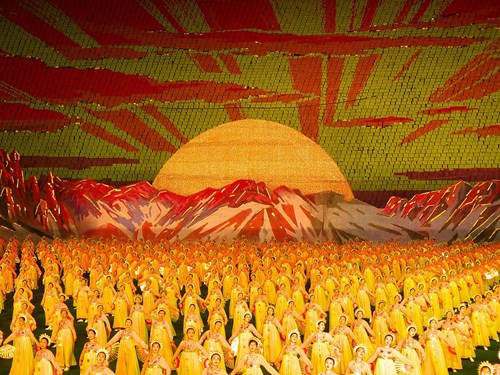
The grandest performance of the Mass Dance is during the Arirang Mass Games, which take place in the May Day Stadium located in Rungrado, an island in the middle of the Taedong River in central Pyongyang. The Arirang Games consist of synchronized displays of sensational gymnastics, dances, and choreographed illustrations, which celebrate the successes of the Party and its leaders.
Held annually in August or September, it is renowned for the colorful mosaic pictures created by more than 30,000 well-trained students, accompanied by highly choreographed group routines performed by thousands of dancers. Besides the performances, visitors will also get enchanted by the vibrant backdrops that commemorate the splendid landscapes of the country.
Today, the iconic Mass Dance in Korea remains a symbol of unity and solidarity. Travelers are offered a firsthand glimpse into their distinctive heritage through the performance, interwoven into its deeply rooted culture.
